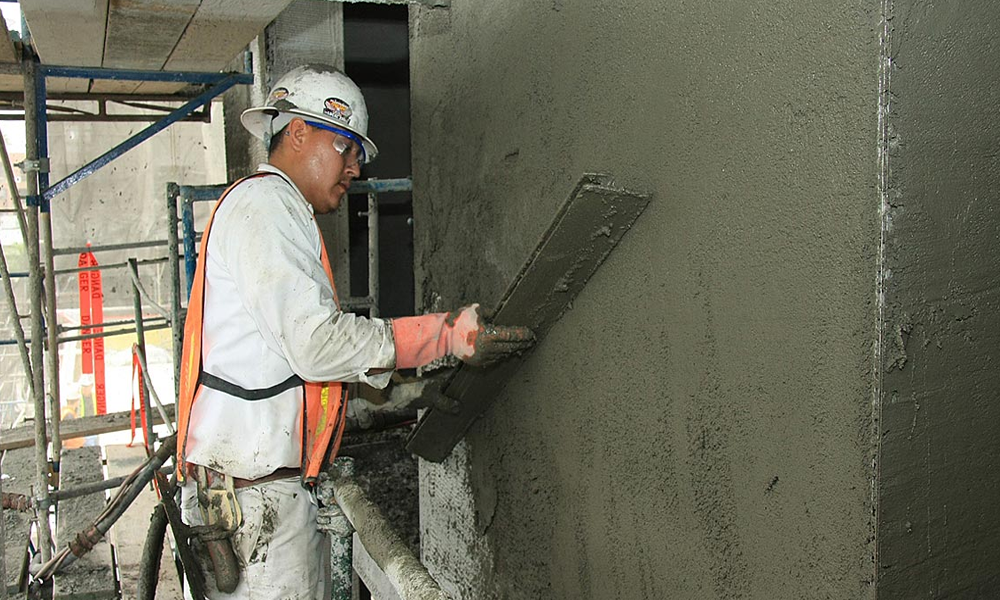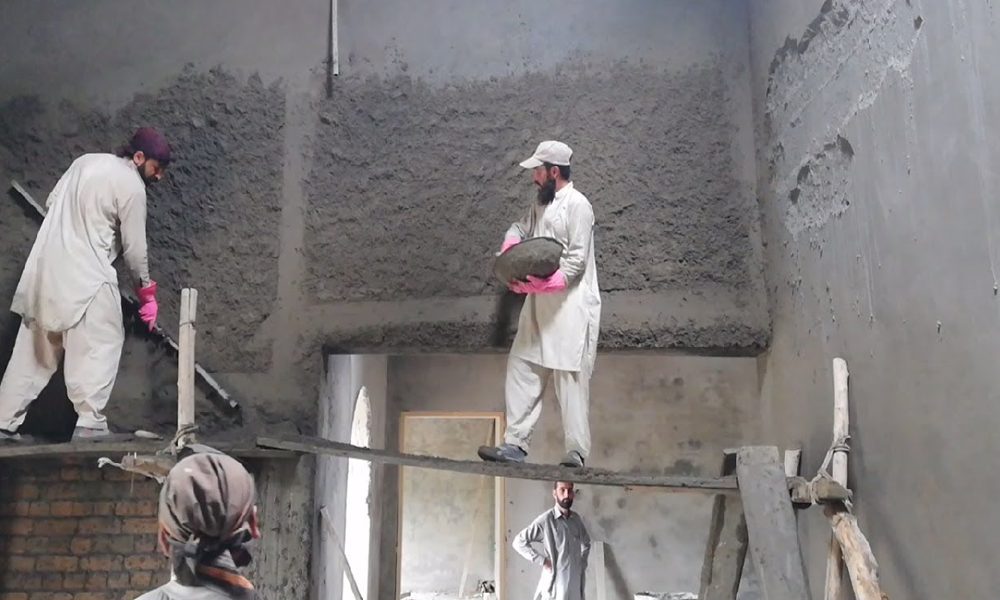
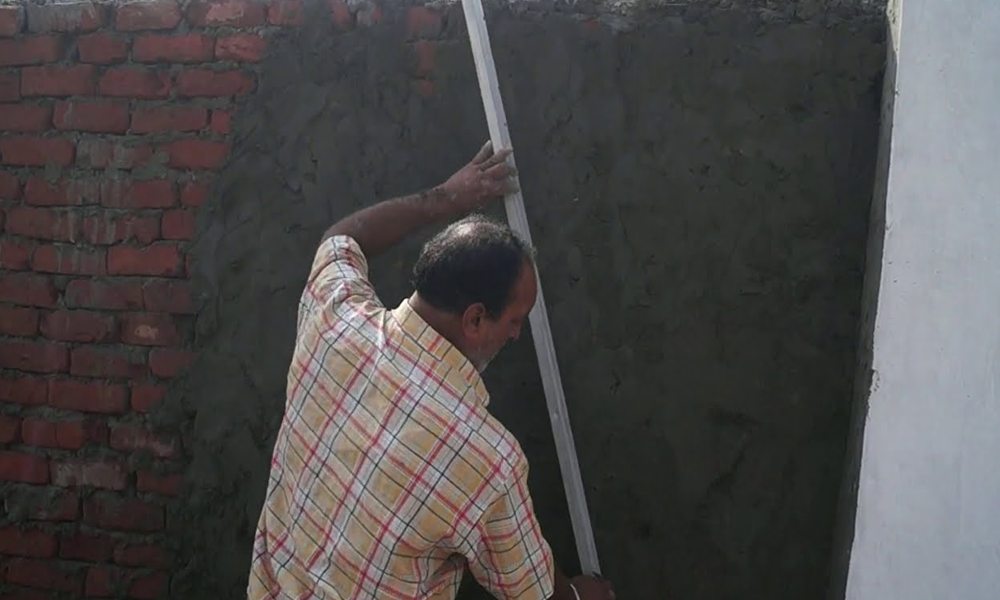
EXTERNAL & INTERNAL PLASTER
External and internal plastering are crucial components of the construction process, serving both functional and aesthetic purposes.
External plastering, also known as rendering, involves applying a layer of mortar or cement mixture to the exterior surfaces of buildings. This layer helps protect the structure from weathering, moisture penetration, and other environmental factors. It also provides a smooth and uniform surface for painting or finishing, enhancing the visual appeal of the building's exterior. Depending on the requirements and design preferences, different types of rendering materials such as sand-cement render, polymer-modified render, or acrylic render may be used.
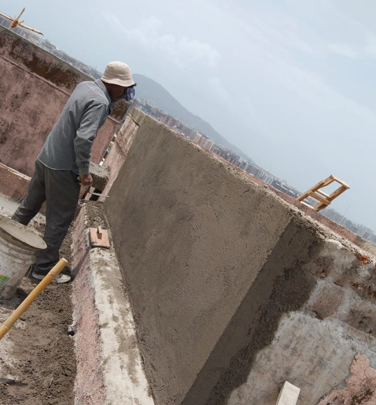
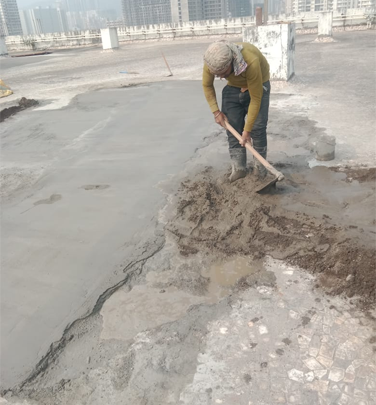
Internal plastering, on the other hand, involves applying a layer of plaster to the interior walls and ceilings of buildings. This process helps create a smooth and even surface for painting, wallpapering, or other decorative finishes. Additionally, internal plastering helps improve thermal and acoustic insulation, enhances fire resistance, and provides structural stability to the walls. Plastering materials commonly used for internal applications include gypsum plaster, lime plaster, or cement plaster, depending on factors such as the building's structure, moisture levels, and desired finish.
Both external and internal plastering require careful preparation of the surfaces, application of suitable plastering materials, and skilled craftsmanship to achieve a high-quality finish. Proper curing and maintenance are also essential to ensure the durability and longevity of the plastered surfaces.
